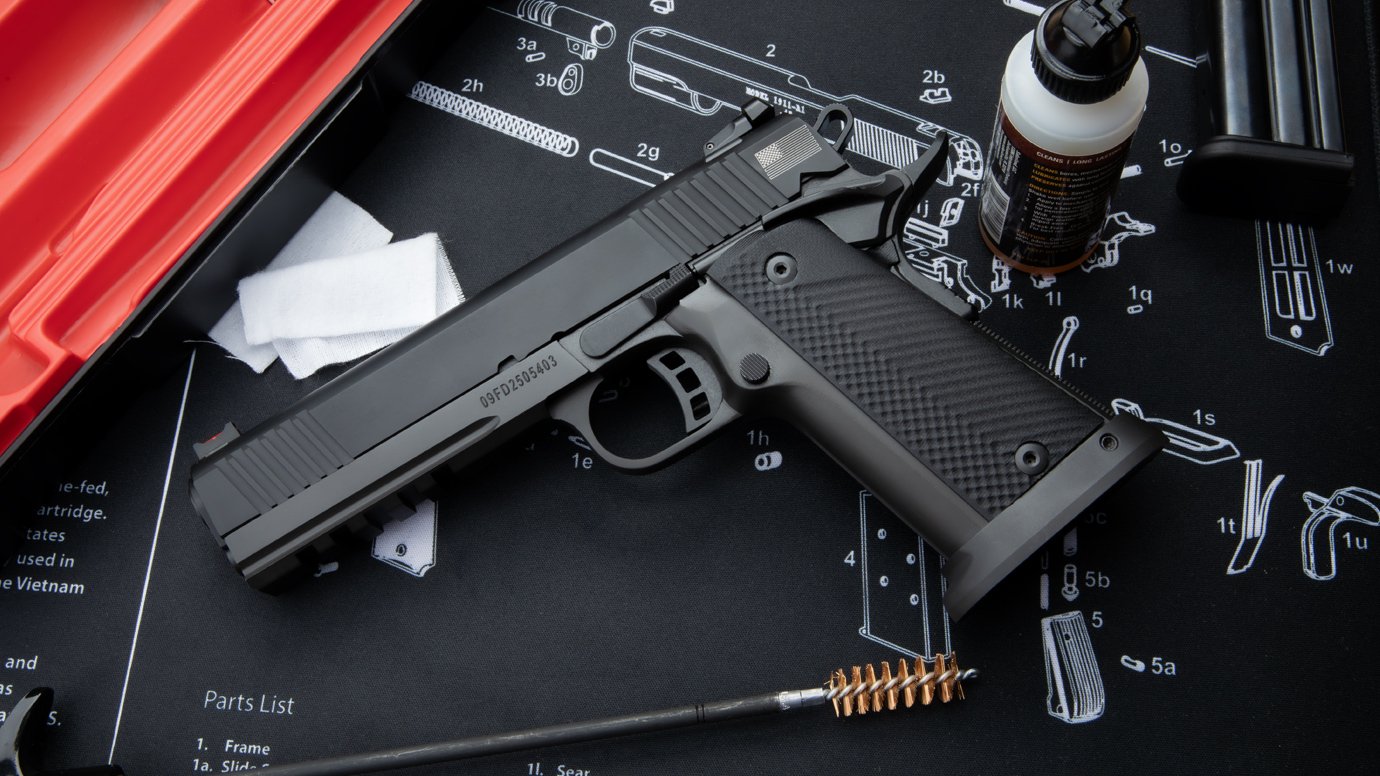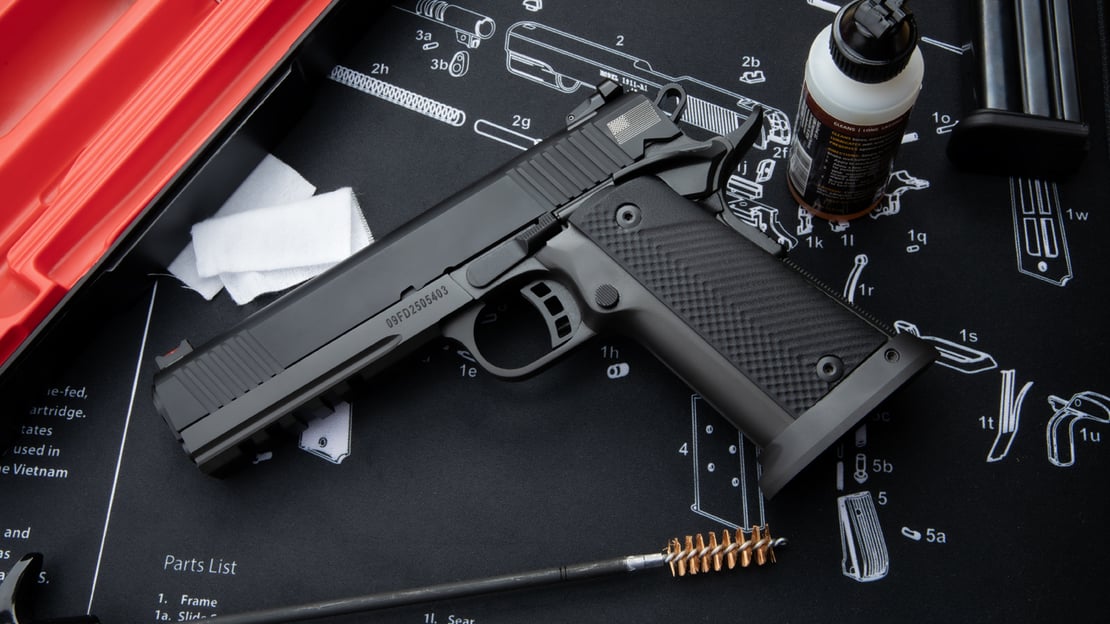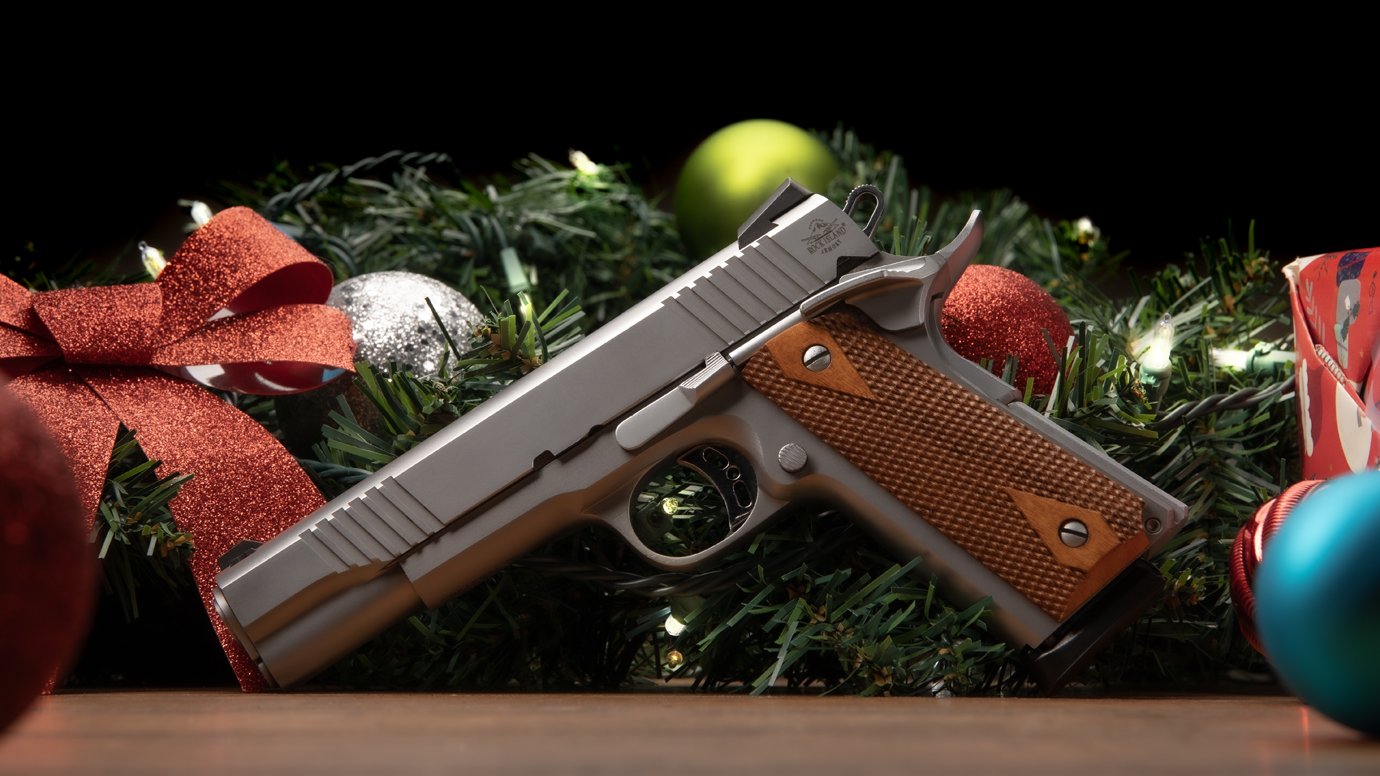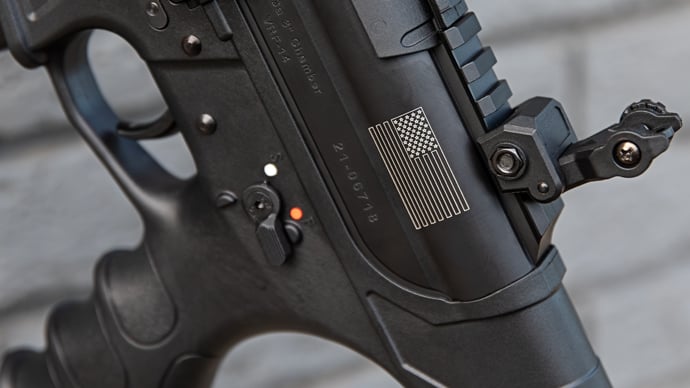Common Handgun Failures and How to Clear Them
Posted by Team Armscor on Jul 23, 2020 6 Minute Read
Nobody likes a gun failure. Whether it's in the middle of competition or in the heat of defensive gun use, a gun failure can be extremely dangerous if you don't know the proper methods of handling it. At Rock Island Armory, we want you to stay safe while shooting, so we put together a summary of some of the most common handgun failures and how to fix them.
Read on to learn how to stay safe while clearing the most common handgun failures.
The Failure: Hang Fire/Dud Round
Two of the more dangerous possible handgun failures, a dud round and a hangfire round, are indistinguishable from one another and should be cleared in the same way. As its name might imply, a dud round is simply a round that does not fire due to an error with the primer or powder. These failures are the fault of the ammunition and, were it not for hang fire rounds, would be relatively unconcerning. Hang fire rounds are rounds that are delayed from firing due to a malfunction in the triggering action of the gun or the ignition of the powder. These rounds are particularly dangerous because shooters often suspect a dud round and begin to clear it—only to have the gun discharge unexpectedly.
How to Clear It:
When dealing with a dud round or a potential hang fire round, the most important thing is to keep the gun aimed down range and to wait. By waiting a minute or two following your failure, you will ensure that you are not dealing with a delayed discharge and you can be confident that the round was a dud. Once you've waited a minute or two, remove the round from the gun and, as a precaution, drop it into water.
The Failure: Failure to Feed (FTF)
As you might expect, failure to feed occurs when your handgun doesn't successfully load the next round from your magazine into the chamber. This can be caused by a magazine that isn't fully inserted, a tired magazine spring, an extractor that's too loose, or any number of other issues. When you experience a failure to feed, you'll notice that your slide will not be fully forward, having been stopped from returning to battery by the unchambered cartridge.
How to Clear It:
To clear a failure to feed, simply remove the magazine and rack the slide back. This should remove both the magazine and the unchambered round. Do not attempt to remove the round without first removing the magazine. This failure is also addressed using the "Tap Rack Bang" method referenced at the bottom of this post.
The Failure: Stovepipe/Failure to Eject
A failure to eject (FTE) or "stovepipe" failure is one of the more easily diagnosed handgun failures. Simply put, a stovepipe failure happens when a spent cartridge is not correctly ejected from the ejection port and is instead held vertically by the slide as it attempts to return to battery. This failure can be the result of a bad recoil spring, a bad magazine or simply a poorly maintained gun.
How to Clear It:
To quickly clear a stovepipe failure, a shooter simply needs to aggressively rack the gun or sweep their hand over the top of the gun's slide to remove the spent casing from the ejection port. This failure is also addressed using the "Tap Rack Bang" method referenced at the bottom of this post.
The Failure: Squib Load/Incomplete Discharge
The incomplete discharge failure or "Squib Load" is perhaps the most dangerous handgun failure, famously killing Bruce Lee's son, Brandon on the set of the 1994 fantasy drama The Crow. This failure occurs when a bullet does not have enough force to leave the barrel and, instead of firing down range, is lodged inside the barrel—blocking other rounds. Firing another round following a squib load can lead to catastrophic affects, such as an expanded or exploding barrel. The failure is usually caused by a faulty round with too little primer.
How to Clear It:
To clear a squib load, remove your magazine from the gun and rack the slide to clear the chamber. Once that's done, looking safely from behind with the barrel pointed in a safe direction, look through the gun's ejection port and into the barrel. To clear obstructions, find something long and thin to clear the squib load without scratching the inside of the barrel.
Tap Rack Bang
"Tap Rack Bang" is one of the most widely used handgun clearing methods. Whether your magazine isn't fully seated, your round had a problem ejecting or any number of other possible malfunctions, there's one simple cycle that can get you out of a jam and allow you to continue to fire: Tap Rack Bang. Watch the guys over at Tactical Rifleman explain the drill and how you can practice your malfunction management at the range.
No matter what you handgun's malfunction is, it's very important that you take it seriously. Knowing the proper methods to manage each failure can be the difference between life and death in a defensive gun use scenario and can prevent tragic accidents at the range our in competition.







